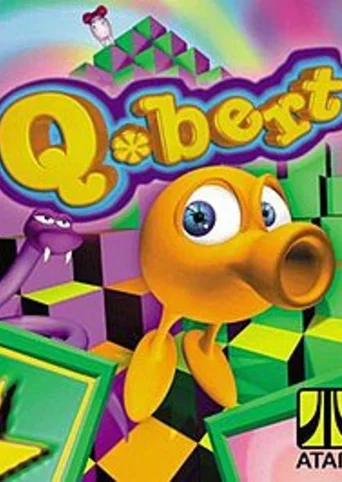
Q*bert (1999)
Genres:Puzzle, Arcade
Themes:Action
Game modes:Single player, Multiplayer
Story:Q*bert is a remake of the arcade game of the same name with three-dimensional (3D) graphics. It was developed by Artech Studios and released by Hasbro Interactive on the PlayStation and PC in 1999 and on the Dreamcast in 2000.
Q*bert has 3 modes of play. Classic is like the original Q*bert, and the graphics can be changed from Retro to Modern. The Adventure mode takes Q*bert to 3D dimensions, and contains power ups and all new characters set in 4 worlds. Head to Head is a multiplayer mode.Show more
Vote to bring this game to GOG and help preserve it.13
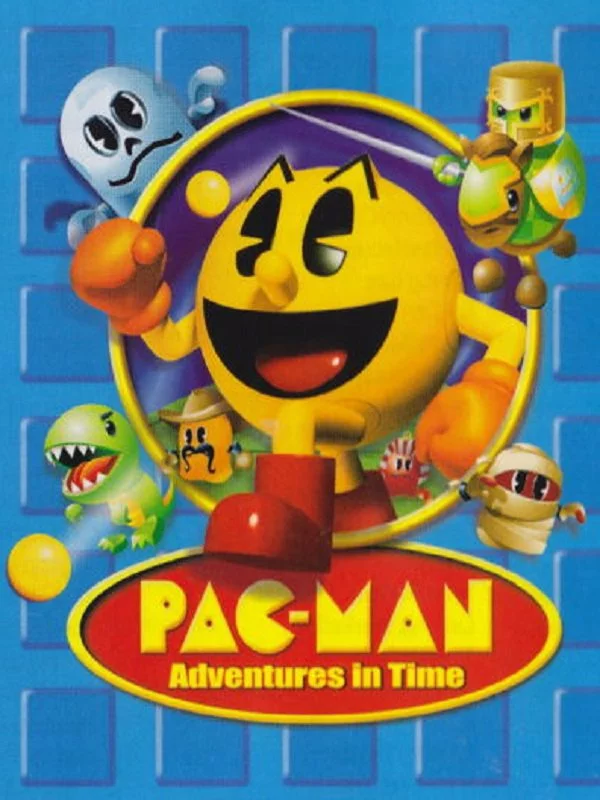
Pac-Man: Adventures in TimeAs in the original Pac-Man arcade game, the basic objective of each level is to guide Pac-Man through a maze while eating dots, unique food items, and power pellets that make Pac-Man's enemies, the Ghosts, edible for a limited time. The ability to jump returns from Pac-Mania for bypassing hazards and avoiding enemies. Some levels contain obstacles such as deadly boulders, animals who delay or kill Pac-Man, and explosive projectiles. After every few rounds there is a bonus mini-game in which the player can obtain some extra points (with every 50,000 points earning Pac-Man an extra life). The levels also feature a variety of shapes and architectural features such as cylindrical mazes, canopies, bridges, pyramids, and even walls that allow Pac-Man to walk vertically. The game features more sophisticated events than its arcade predecessor, such as collecting a certain number of pellets to unlock another area of a maze. The game also includes the ability to see the short intermission videos that come before a new level and allow for an option of non-storyline play on specific levels. The game also has the ability to connect over the Internet for multiplayer mini-games.Action

Ultimate Mortal Kombat 3Ultimate Mortal Kombat 3 combines the best of all the Mortal Kombats into a single cartridge. 23 playable characters are immediately available, such as Reptile, Cyrax, Scorpion, Sub-Zero, Jax, Katana, Sonya, and more. There are two bosses that are unlockable, as well as additional characters.
There is a variety of new levels, some of which are interactive. Characters can uppercut someone, causing them to hit the ground hard and crash through to the bottom floor, or they can knocked someone off a bridge, landing in a pit of spikes.
Players can go against the computer one-on-one, two-on-two, or take part in the 8-fighter tournament.Action
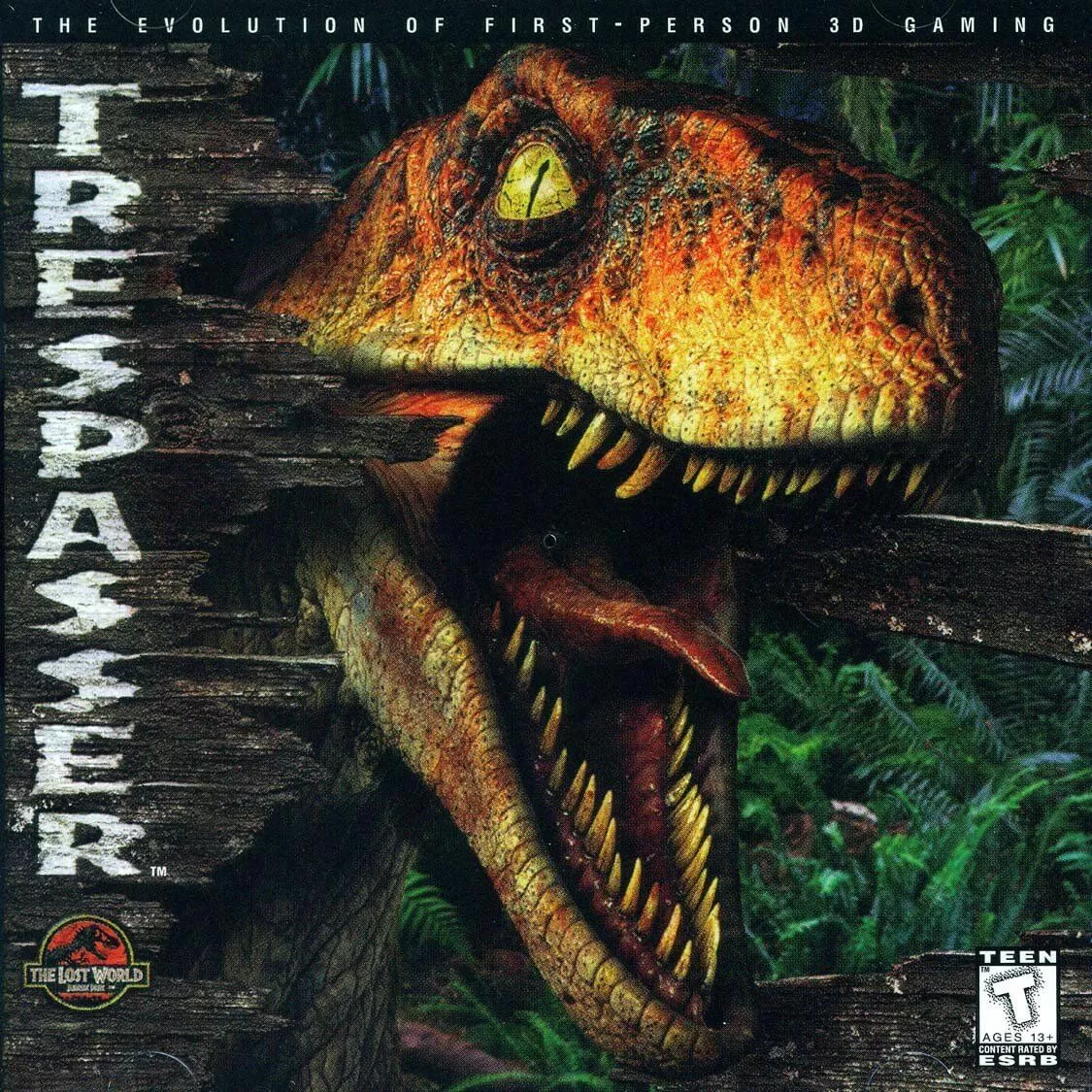
TresspasserTrespasser is an action-adventure first-person-shooter video game released in 1998 that was billed as a "digital sequel" to the 1997 film "The Lost World: Jurassic Park". The player assumes the role of Anne, who is the sole survivor of a plane crash on InGen's "Site B" one year after the events of The Lost World. With only a single arm and limited weapons, Anne must escape the remote island by solving puzzles and evading the dangerous dinosaurs.
The game is noted for the involvement of the film's director, Steven Spielberg, and actors Richard Attenborough and Minnie Driver. Trespasser's game engine was also very advanced for its time, showcasing large outdoor environments, real object physics, an advanced AI system, destructible objects, an advanced LOD (Level-of-Detail) system, and the first ever use of ragdoll physics and inverse kinematics for dynamically generated animations. The gameplay is very atmospheric with no visual HUD of any kind except for a heart-shaped tattoo on Anne's left breast to represent her health points and speaking out loud how much ammo is in each weapon.
Tresspasser was one of the most highly anticipated games of the 1990's. Unfortunately, problems arose as soon as development started. The development team was newly formed with inexperienced management and artists who were unfamiliar with basic game development processes and 3D modeling. After a very welcoming and positive reception from early demos and concept art from E3 1996 and PCGamer, the team got overconfident about their skills and started putting in one of the worst forms of Feature Creep imaginable. The game was being delayed and going overbudget as new and never-before-seen experimental features were added or changed with an immobile release date set into the Fall of 1998.
While the game was originally conceived as a Survival Horror title, it was turned into an Action-Adventure as the dinosaurs were incapable of doing advanced AI tactics or going near structures without getting stuck on building geometry. The dinosaur models themselves would cause severe slowdown for the PC due to the attached physics boxes to every raptor, along with the blood particle effects. (Recommended specs for Tresspasser at the time called for a 166 MHz Pentium II.) The models would constantly warp, twist, and compress in broken ways due to the animations and physics boxes attached them, making almost every creature stumble around in an incredibly drunken manner. The AI also had an advanced mood and emotion system for each of the dinosaurs where they could potentially hunt Anne or other dinosaurs depending on their mood. It was the earliest time a 3D game tried to create a living world using AI and emergent gameplay. Due to a bug where the AI switched so quickly in the extremes, it caused the dinosaurs to stop moving or responding altogether. A hard-coded fix was put in place where the aggression and hunger levels were set to maximum while all other moods and emotions were set to zero, turning almost all the creatures into mindless hunters. Due to an oversight, only very few raptors in the game (mostly in the Industrial Jungle level) had this emotion system still turned on. The raptors would go up to Anne to follow and sniff her curiously, until they were injured in some way.
Tresspasser also conceived a "very immersive" arm system where players could interact with the world through their mouse and keyboard to inspect and look at objects close up. Anne only has a right arm to interact with the world that's capable of being manually turned in 360 degree movements that are impossible to do in real life. While it can pick up and hold objects, Anne be constantly dropping objects she's holding in her hand when bumping into structures, invisible boundaries, and dinosaurs. A left arm was scraped due to time and technical issues.
Other similarly weird visual bugs, severe slowdowns, and crashes are a constant feature.
Tresspasser had to be pushed out in a very unfinished and unpolished state with a lot of features, content, and several levels cut\merged. Some of which are still found within the game's files. It ultimately received mixed to negative reviews at the time and disappointed many reviewers, with some declaring Tresspasser as "the worst game of 1998". It ultimately sold somewhat over 50,000 copies with the CD-ROM being very rare today.
Even with the negative reception, Tresspasser still has an active cult following to this day with various fixes, mods, and several potential remakes on modern engines. The game was the main inspiration of Valve's Half-Life series and many of Tresspasser's other ideas would later realized in other future games.Open world Action Survival
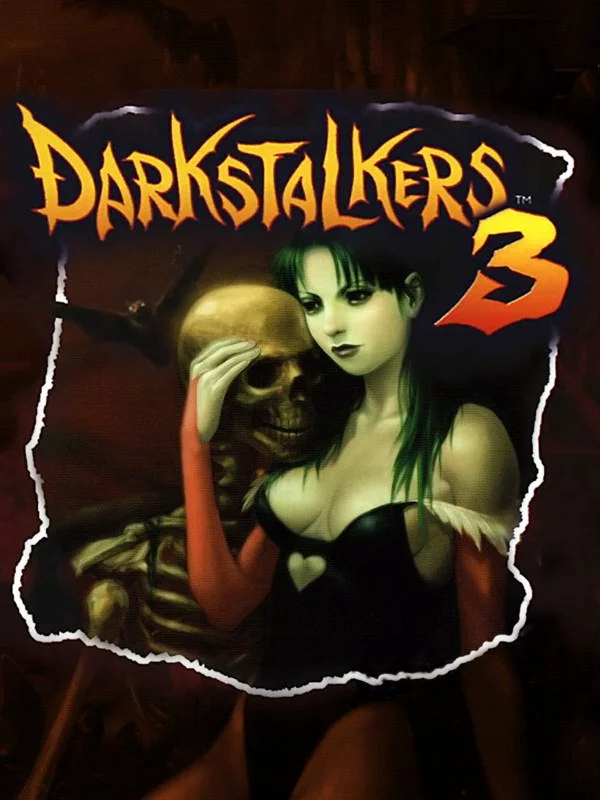
Darkstalkers 3Darkstalkers 3 is the second sequel in the Darkstalkers series of fighting games by Capcom, originally released for the arcades in 1997. The game was originally planned to be released as Darkstalkers: Jedah's Damnation in the United States, but this title was only used in the arcade version.Action Horror
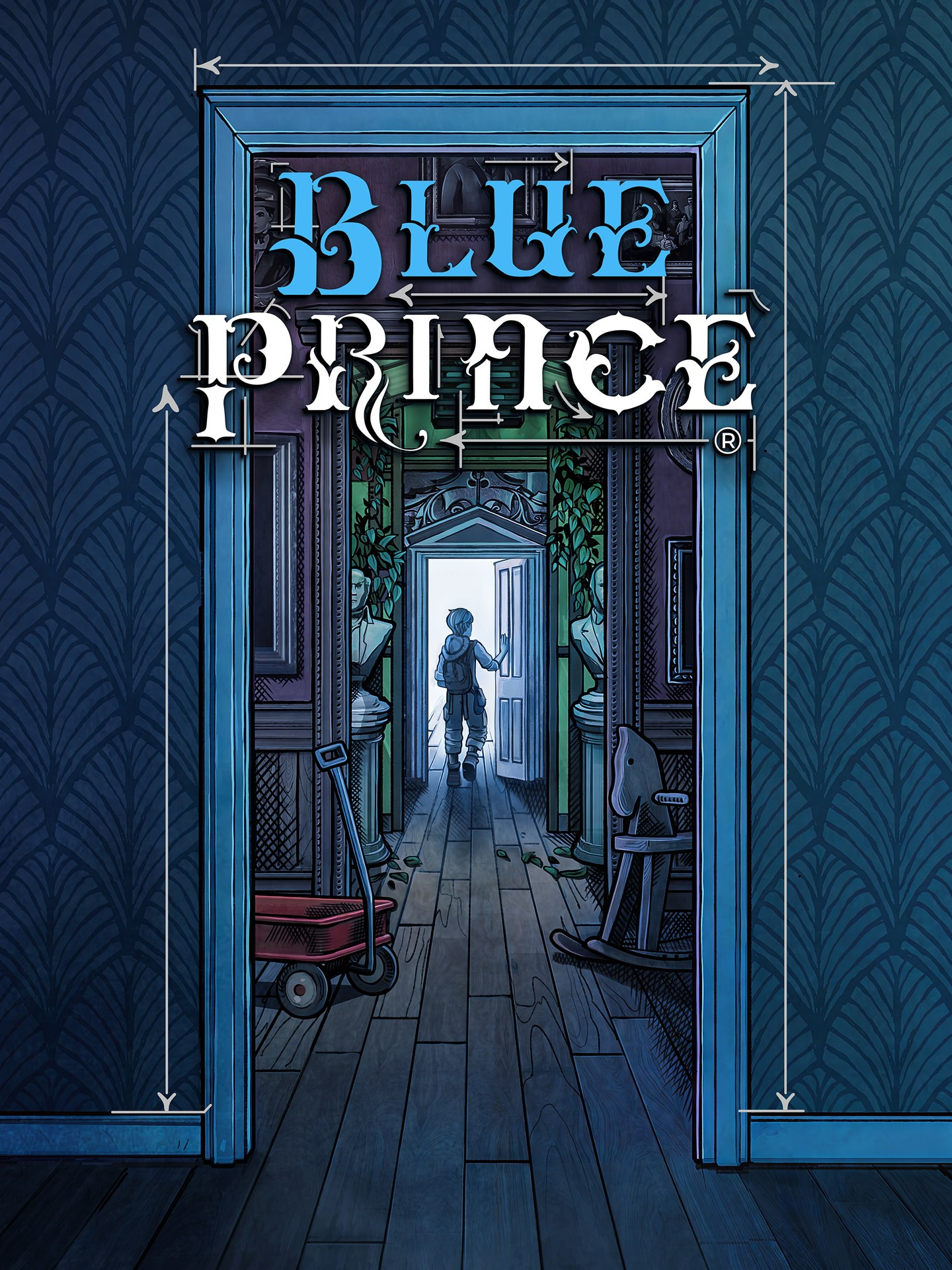
Blue PrinceWelcome to Mt. Holly, where every dawn unveils a new mystery. Navigate through shifting corridors and ever-changing chambers in this genre-defying strategy puzzle adventure. But will the unpredictable path you create lead you to the rumored Room 46?Mystery

Black & WhitePlay the role of a deity in a land where the surroundings are yours to shape and its people are yours to lord over. Be an evil, malevolent god and the natives will worship you with fear in their eyes. Play as a kind, benevolent god and they will worship you with love in their hearts. Your actions decide whether you create a heaven or hell for your worshipers. Then select a creature from the land to act as your representative in the world. Raise it to gigantic proportions and teach it to do your bidding--whether the animal grows into an evil colossus of mass destruction or a kind and gentle giant is up to you. Progress through the game's rich storyline performing powerful miracles to battle other deities and become the world's supreme god.Top Trending Open world Sandbox
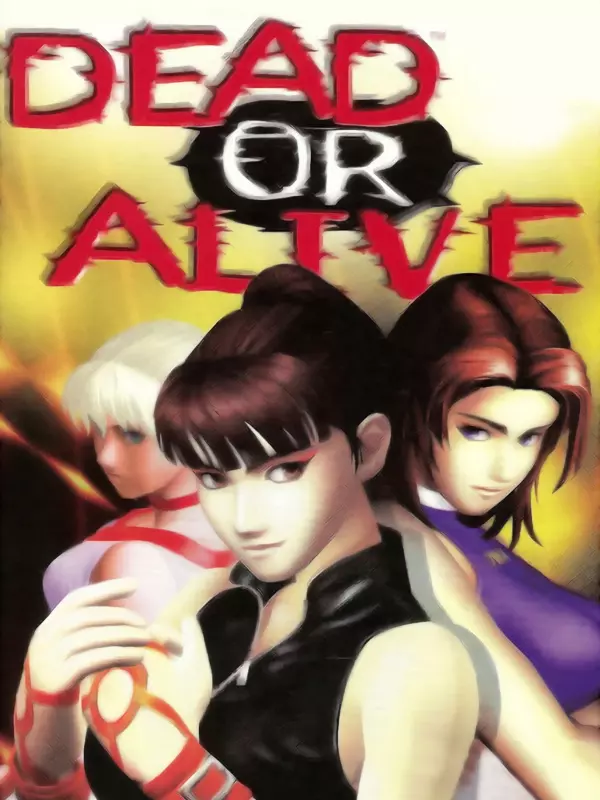
Dead or AliveDead or Alive is a fighting game and the first entry in Team Ninja's long-running Dead or Alive series. Its most defining features were its speed and countering system. Dead or Alive put an emphasis on speed, and relied more on simplistic commands and reaction time. Furthermore, its countering system was the first in the fighting genre to utilize different commands that corresponded to each type of attack. There are two kinds of holds, an Offensive Hold (OH) and a Defensive Hold (DH). The latter are executed by holding back or forward on the directional pad along with the guard input to either force away or counter-damage an opponent. The Playstation port of the game was later backported for arcade and titled Dead or Alive++.Action
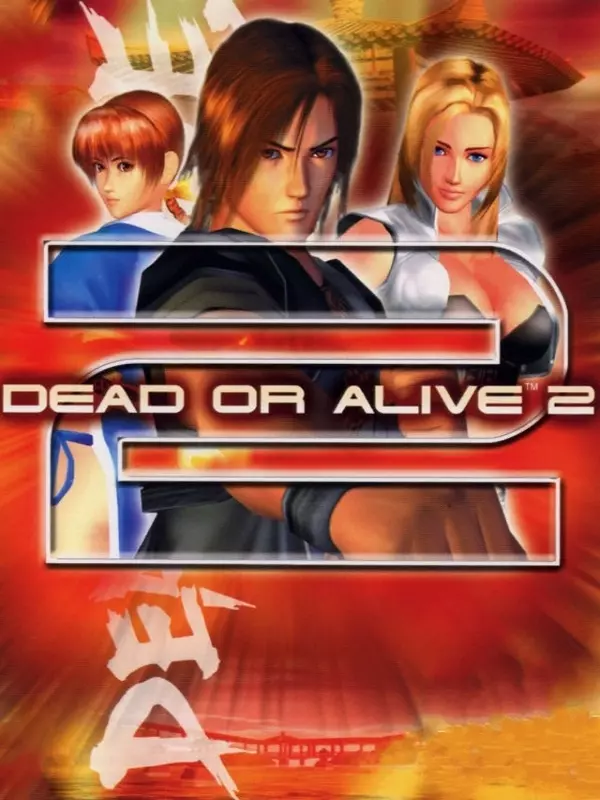
Dead or Alive 2Dead or Alive 2 is a fighting game in the Dead or Alive series. The gameplay of DOA2, and all subsequent Dead or Alive games, borrows heavily from the Virtua Fighter series, but makes some key changes that drastically changes the way Dead or Alive is played in comparison to Virtua Fighter. In DOA2, the basis of the entire fighting system is the circular relationship between three types of moves: blows, throws, and holds.The other defining feature of DOA2, aside from blows/throws/holds, is its stun system. In DOA2 many attacks upon hitting will inflict a stun on the opponent. While stunned, the opponent cannot attack, and cannot guard, but they can hold. If the attacker lands a non-knockdown, non-launching attack while the opponent is stunned, the opponent will be re-stunned in a new way, depending on what attack was landed. A major difference between DOA2 and other fighters was in the safety and non-punishability of attacks, both upon hitting and upon being blocked. Most blows in DOA2 can be punished on hit and block by each character's faster throws, making blow-based offense very risky. In addition to the normal rules of juggling, each character also fits into a specific weight category, which affects how the character responds to being launched and being juggled. In DOA2, fights can occur on either water or ice; when a character is on such a surface, all non-knockdown, non-launching attacks will induce a stun on any successful hit. Walls and falls in the middle of stages are everywhere in the game. Many stages are also multi-tiered: to get to other areas of the stage, one character must be knocked off a ledge and fall into the next area. These falls deal usually fairly high damage, but cannot knock the opponent out. Other notable features included introducing CG cutscenes in line with the plot, replacing the original "Danger Zone" areas in stages with fully interactive ones, allowing players to juggle each other into walls, propelling characters from landmarks for more damage.Action
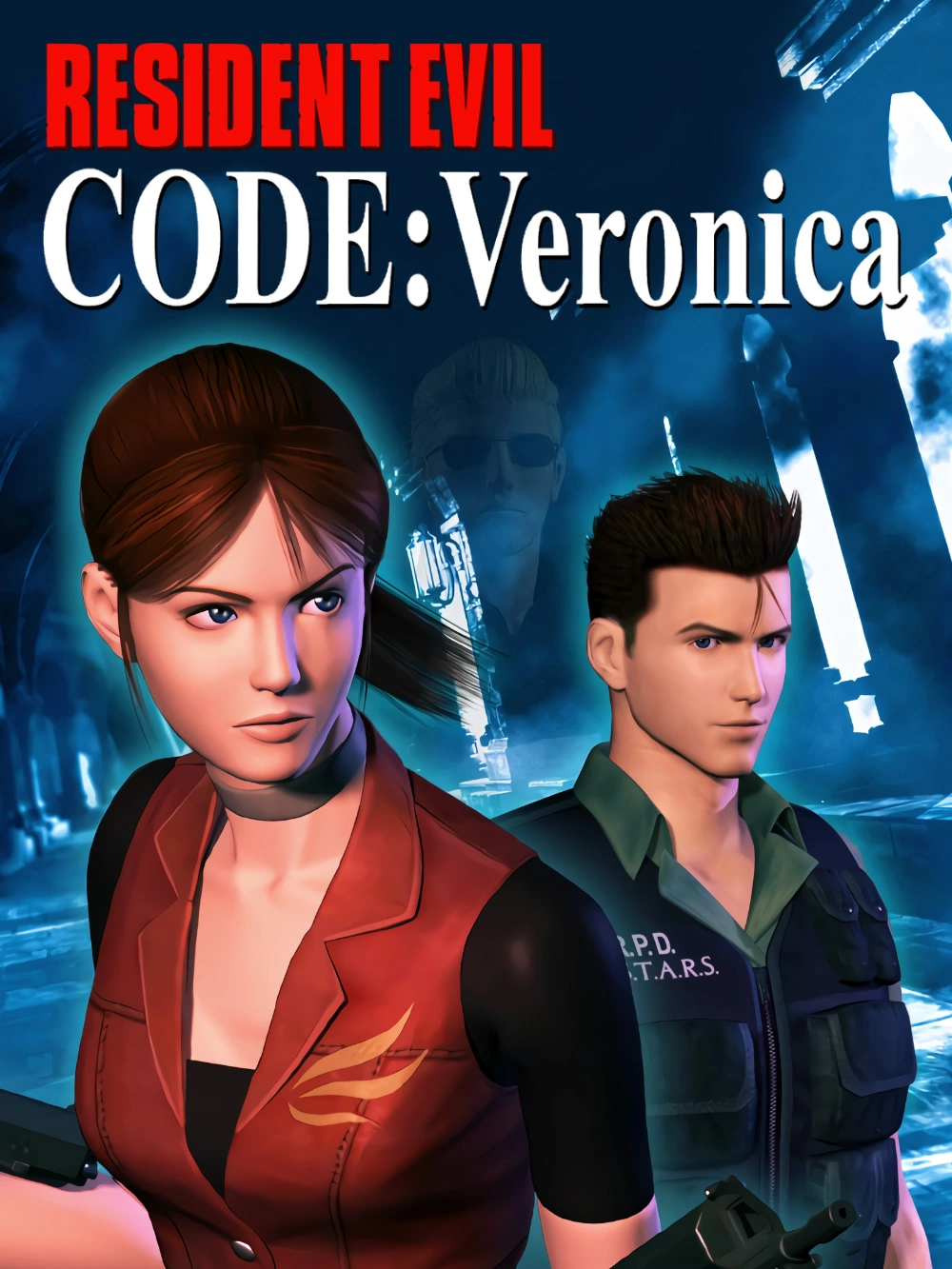
Resident Evil Code: VeronicaResident Evil Code: Veronica is the fourth video game in Capcom's Resident Evil survival horror series. The game continues the survival horror gameplay of its predecessors: the protagonist explores the surroundings, fighting monsters and solving puzzles. However, it is the first game in the series to do away with pre-rendered backgrounds using a fully polygonal 3D engine instead, which allows for features such as real-time lighting and camera movement. Still, such movements are only used sparingly, and the use of perspective is mostly unchanged from earlier installments: the camera automatically switches to different static angles showing protagonists, monsters and rooms from different spooky viewpoints.Action Horror Survival
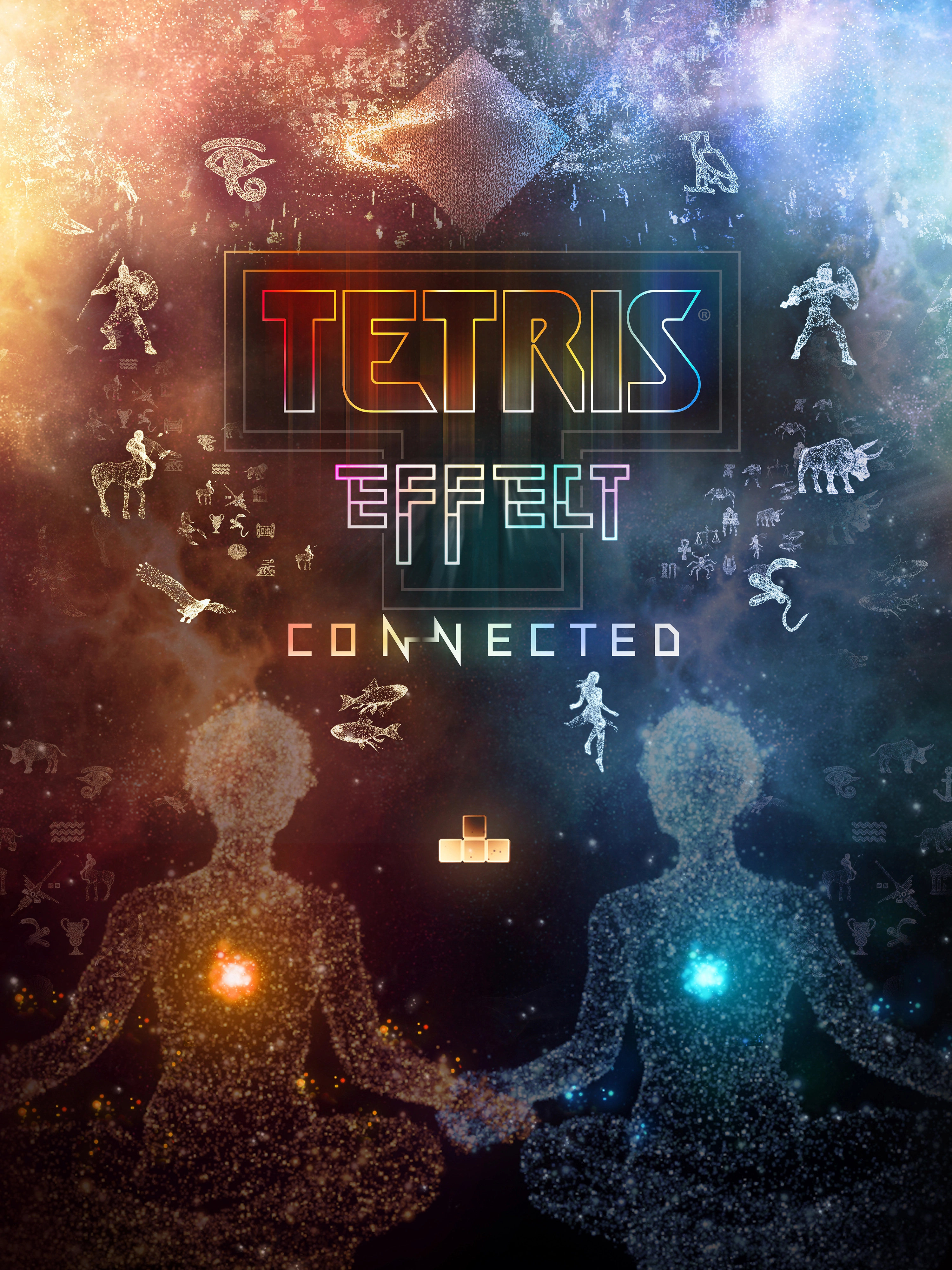
Tetris Effect: ConnectedTETRIS® EFFECT: CONNECTED adds an all-new robust multiplayer expansion to the huge variety of addictive and innovative single-player modes that Tetris Effect is known for. Connect and play with or against each other in all-new modes like “Zone Battle,” which shakes up traditional 1-on-1 Tetris gameplay via the time-stopping Zone mechanic, or try the innovative co-op of “Connected” mode, where up to three players can literally connect their Tetris playfields together and play as one, as they work together to take down a series of increasingly-challenging CPU-controlled bosses.

